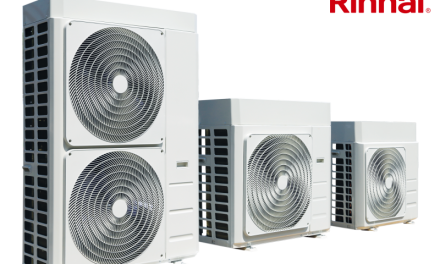The complexity of present-day electrical installations found in many domestic, commercial and public buildings and the existing safety regulations, place a greater demand on the Skilled Person (electrically) with regard to technical education, training, skills and the required knowledge to avoid the hazards and risks associated with installing the wrong protection devices.
Various methods of voltage and current control used for energy saving, rely on power electronics to alter and or chop the electrical supply – referred to as nonlinear loads. The specific technology employed in energy saving and control applications will determine the nature of the leakage current and the resultant residual current generated under fault conditions.
Equipment Requiring Special Types of RCCBs
The equipment connected in circuit determines the Type of RCD (RCCB) which must be installed, to provide a defined and safe level of protection as required by the existing Regulations and Codes of Practice.
Regulation 331 Compatibility of Characteristics, covers the “assessment of characteristics of equipment likely to have harmful effects upon other electrical equipment in the installation” i.e. equipment mounted on the load side of an RCCB must not affect the safety performance of the RCCB.
The table below gives some generic examples based on the installed technology used and the associated RCCB. Check the inverter manufacture’s installation instructions with regard to the minimum sensitivity and the Type of RCCB that can be used safely with their equipment. This should be referenced back to any specific requirements contained in the UK Regulations and Codes of practice, which may differ from the International standards.

Example: Heat Pumps use inverter based speed control
In a building with PME earthing, fixed equipment may not require RCCB protection -see Reg411. However if the building or part of the installation (Heat Pump) is on a TT supply, it is probable that an RCCB will be required to meet Reg 411. Meeting Regulation 331: Inverters operating on 3 phase supplies must only be connected to circuits protected by Type B RCCBs. For single phase inverters refer to the manufactures instructions with regard to the Type of RCCB, as individual designs determine the Type of RCCB required e.g. A, F or B.
RCCB Checklist
Having a basic understanding of the different Types of RCCB that are associated with various inverter designs, reduces the risk of installing inappropriate protection in contravention of the existing Wiring Regulations. Check the inverter manufactures instructions for specific advice on RCCB protection.
RCCBs are designed and calibrated to operate in the presence of specific types of residual current, basically the greater the complexity of the residual current flowing under fault conditions, the more complex the design of RCCB required to detect those currents e.g. Type AC RCCBs subjected to smooth DC leakage currents will not effectively sense AC earth fault current under fault conditions.
Operational leakage currents for nonlinear loads can be significantly higher than conventional equipment, and must be taken into account when designing the installation. RCCB tripping current (sensitivity) must be selected based on the operational leakage currents, and the load circuits’ sub divided if necessary to prevent unwanted tripping – see regulation 531.2.4
General summary of RCCB limits of operation / refer to manufacture for full data

Further Reading
For more detailed information on specific applications relating to RCCB selection, please refer to Doepke Web site – link to Technical Articles http://www.doepke.co.uk/download/download.html
Chaz Andrews – Technical Manager, Doepke UK Ltd



